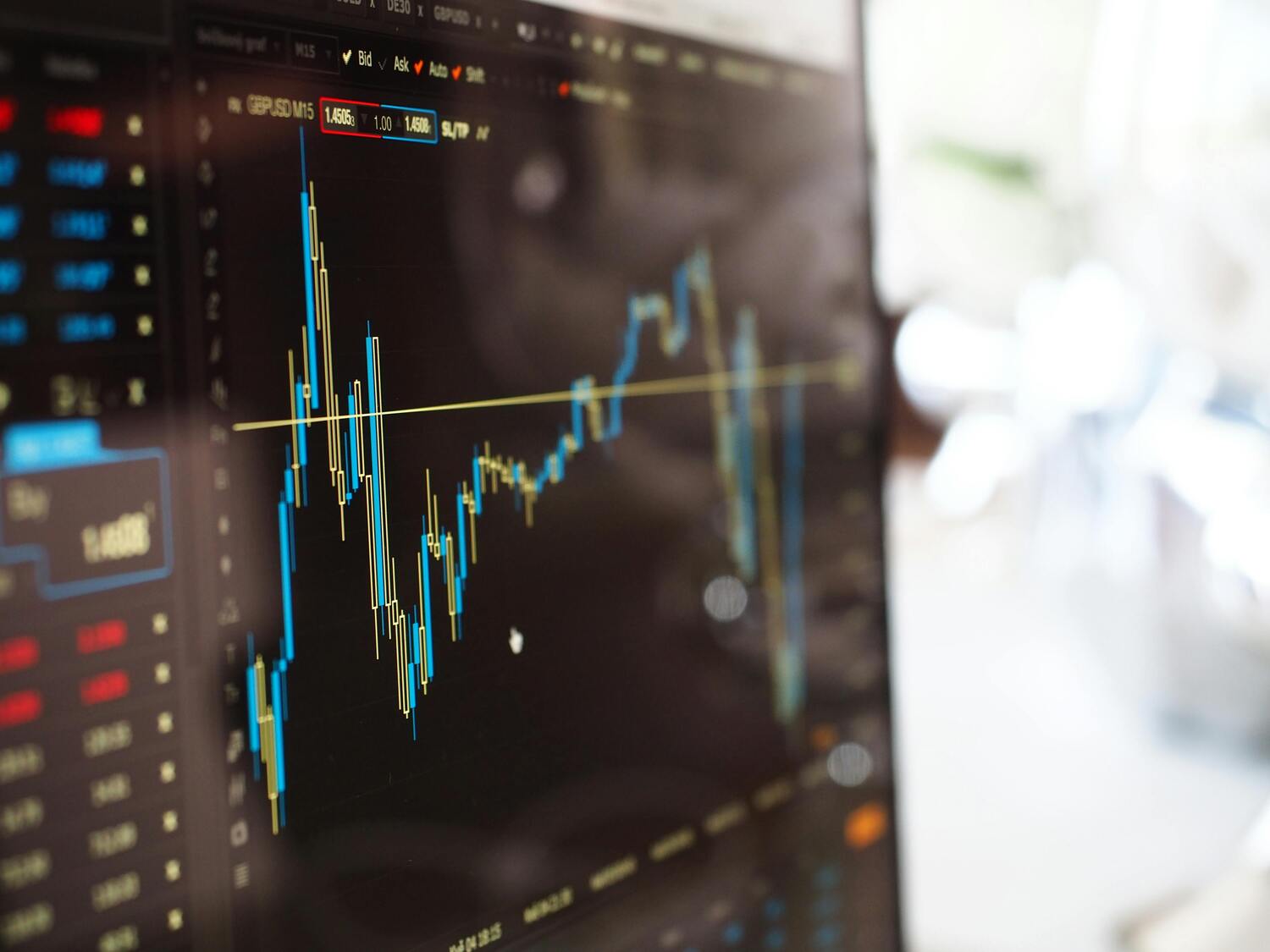
For decades, low-risk investments were a go-to for retirees and conservative savers looking to preserve wealth and generate modest returns. But in 2025, these traditional “safe” bets aren’t performing as expected, and in some cases, they’re quietly costing investors far more than they realize.
While the appeal of low volatility and predictable income remains strong, inflationary pressure, rising interest rates, and changing market dynamics are leaving many of these investments lagging behind. The result? Shrinking purchasing power, poor growth potential, and portfolios that appear stable on the surface but are silently bleeding value over time.
It’s not that low-risk strategies are inherently flawed. It’s that relying too heavily on them in the current economic environment could leave you financially stagnant. As investors shift from accumulation to preservation in retirement, knowing which so-called safe options are falling short is more important than ever.
Let’s break down the low-risk investments that are quietly underperforming in 2025, and why it may be time to rethink how you define “safe.”
9 Low-Risk Investments That Are Quietly Underperforming in 2025
1. Certificates of Deposit (CDs) Offering Below-Inflation Rates
CDs have long been favored for their guaranteed returns and FDIC insurance. But many offerings in 2025 are still trailing the inflation rate, even with higher interest rates than in past years. Investors locking their money into long-term CDs for 3–5 years are often seeing real returns shrink when adjusted for inflation.
The illusion of safety becomes dangerous when your money loses buying power each year it’s parked. And while penalty-free withdrawal options exist, breaking a CD early often results in forfeiting months of interest. That makes CDs deceptively rigid during a time when flexibility and adaptability matter more than ever.
2. Treasury Bonds With Long Maturities
U.S. Treasury bonds are considered one of the safest investments globally, but their long-term versions, especially those with 10- or 30-year maturities, are struggling in 2025. Why? Because, as interest rates have climbed, the market value of existing bonds has declined.
If you need to sell one before maturity, you’re likely to take a loss. And even if you hold them to term, the yield may not be sufficient to justify the opportunity cost. For those in or near retirement, long-dated Treasuries offer too little upside and too much sensitivity to rate fluctuations to serve as a reliable foundation.
3. Municipal Bonds Offering Tax Benefits but Weak Growth
Municipal bonds have long been attractive for their tax-exempt income, especially for high earners. But in 2025, many muni bonds are yielding well below other fixed-income alternatives. Add in the possibility of local government fiscal stress, and their risk-adjusted returns are far less compelling than they once were.
Investors often hold these bonds assuming they’ll provide safe income, but the lower yields and exposure to underfunded municipalities make them less of a slam dunk than they were a decade ago.
4. Stable Value Funds in Retirement Accounts
Often offered in 401(k)s, stable value funds promise preservation of principal with modest returns. In theory, they’re ideal for those nearing retirement. In practice, they’re barely keeping pace with inflation in 2025.
While they shield investors from market volatility, they also limit access to potential growth. For retirees needing income that lasts decades, stable value funds can lull people into a false sense of security, offering peace of mind at the cost of future purchasing power.
5. High-Yield Savings Accounts With Teaser Rates
Online banks have been luring savers with attention-grabbing APYs in the 4%–5% range. But many of these “high-yield” savings accounts quietly drop their interest rates after a few months or impose balance caps that limit how much you can truly earn.
In 2025, this bait-and-switch approach is more common than ever, especially as banks look for ways to shore up profits. Seniors who moved large cash sums into these accounts might think they’ve beaten inflation, but the returns often diminish fast, without warning.
6. Conservative Target-Date Funds Nearing Retirement
Target-date funds have become default options in many retirement accounts, designed to gradually shift from stocks to bonds as investors approach retirement. But those with dates near 2025 are now overly concentrated in underperforming fixed income and cash equivalents.
These funds offer stability but are underdelivering in total returns. Worse, many investors don’t realize just how conservative these funds have become. They may think they’re invested for moderate growth, when in reality, they’re sitting on a portfolio that’s barely outpacing inflation.
7. Dividend Stocks With Poor Fundamentals
Dividend-paying stocks are often viewed as a safe way to earn steady income. But not all dividend stocks are created equal. In 2025, many so-called “dividend aristocrats” are struggling due to weak earnings, slowing growth, or unsustainable payout ratios.
What looks like a strong dividend yield can mask underlying issues. Companies in troubled industries may continue paying dividends to appease investors, even as their balance sheets deteriorate. This creates a false sense of safety and exposes portfolios to price erosion or sudden cuts.
8. Money Market Funds With Hidden Fees
Money market funds are among the most conservative places to park cash. But many are returning less than 3% after management fees in 2025, barely keeping pace with modest inflation.
The catch is that investors often don’t realize they’re being charged fees that eat away at those slim returns. In some cases, net returns can dip below zero once inflation and costs are accounted for. These funds may still serve a purpose for very short-term needs, but they’re not a viable long-term holding anymore.
9. Annuities With Low Growth and High Surrender Charges
Fixed annuities have become popular among retirees who want guaranteed income, but many of the low-risk versions offered today come with trade-offs: low payout rates, limited liquidity, and high surrender fees.
While they do protect against outliving your money, they often underperform even the most basic bond ladders or balanced portfolios in terms of long-term growth. And once you’ve committed to one, getting out early can be expensive—if it’s even possible.
Rethinking “Safe” in a New Financial Era
Low-risk doesn’t mean no-risk, and in 2025, the bigger danger may be failing to grow your money fast enough to meet rising costs. As inflation lingers and volatility remains unpredictable, investments that once offered shelter may now quietly chip away at your nest egg.
That’s not to say you should chase high-risk alternatives. But blindly trusting that conservative vehicles will automatically protect your wealth is no longer a sound strategy. In this climate, true safety comes from balance: pairing stability with adaptability, income with inflation protection, and fixed options with growth potential.
Are You Overexposed to “Safe” Underperformers?
Have you checked the real returns on your conservative investments lately? Which of these low-risk options have you used—and did they live up to expectations?
Read More:
8 “Low-Maintenance” Investments That Require Constant Oversight
5 “Safe” Investments That Look Safe But Aren’t

Riley Jones is an Arizona native with over nine years of writing experience. From personal finance to travel to digital marketing to pop culture. When she’s not writing, she’s spending her time outside, reading, or cuddling with her two corgis.
Comments